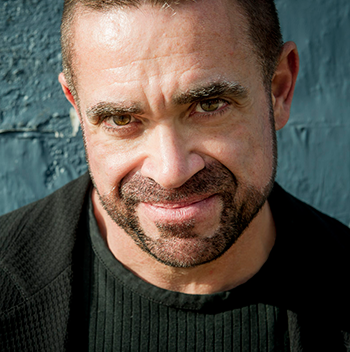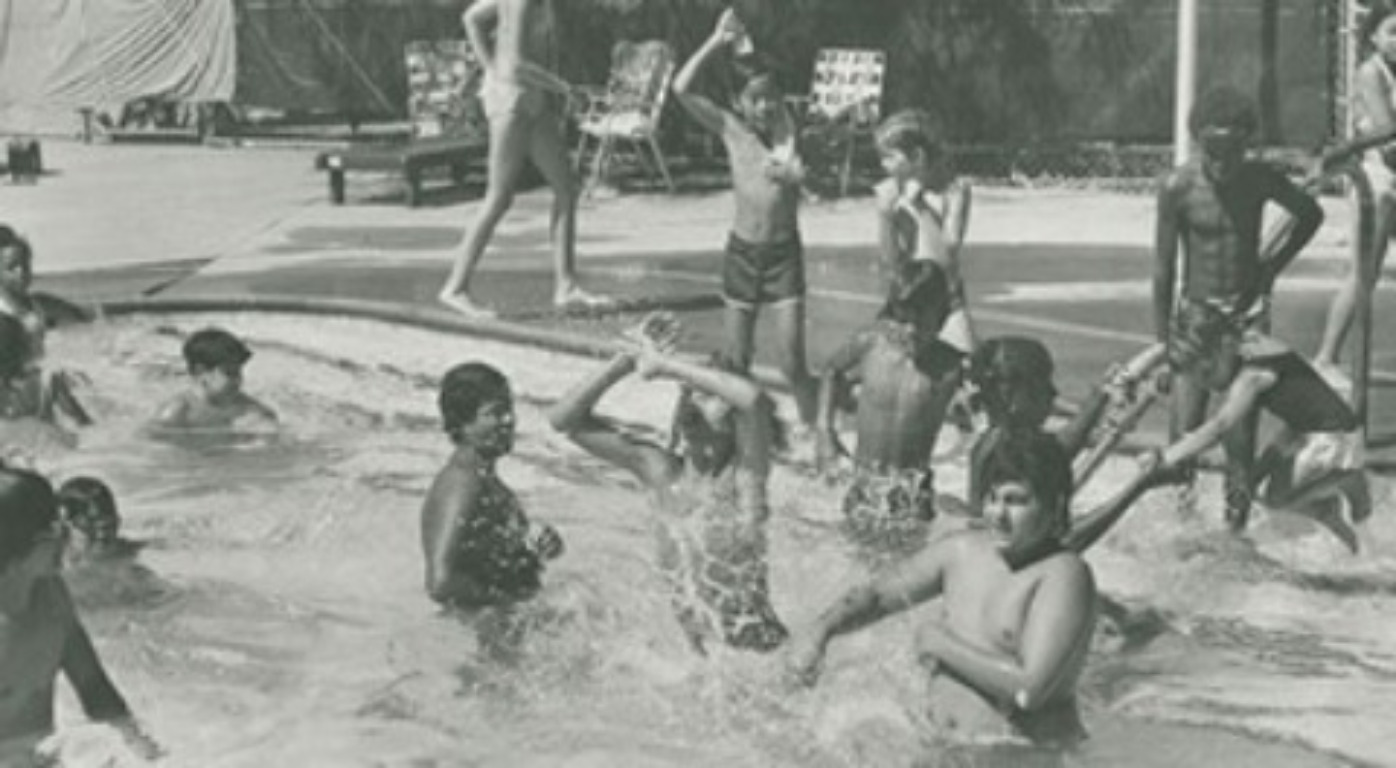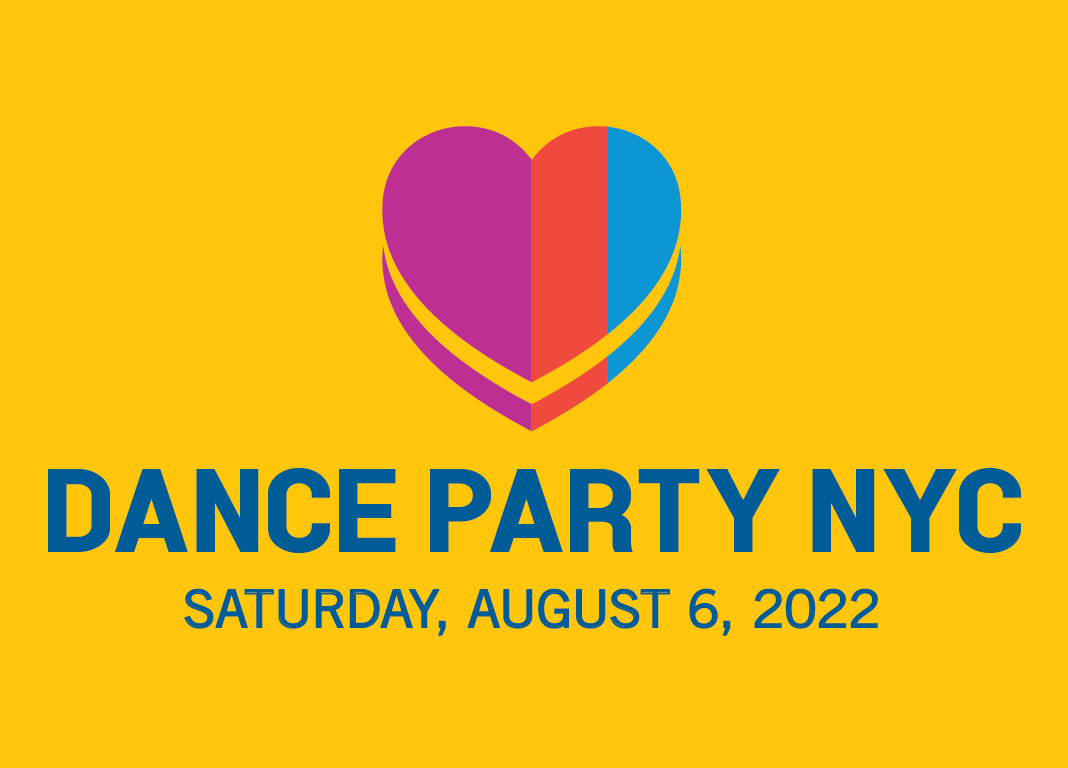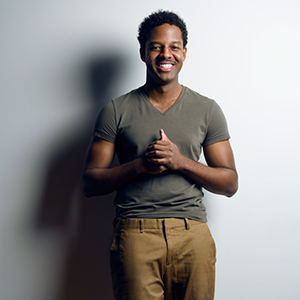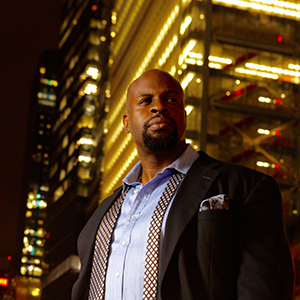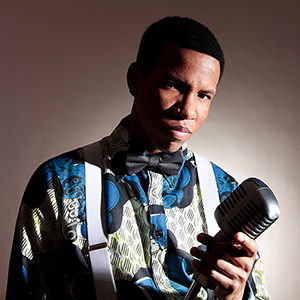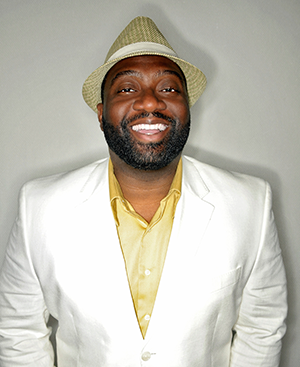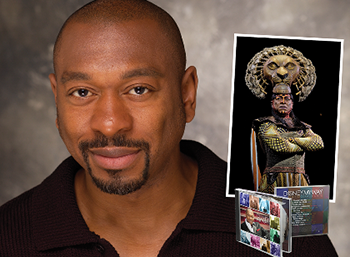We’re very excited for our upcoming Culture Connection concert on Saturday, March 19, when piano virtuoso Anthony de Mare will perform works from his groundbreaking new CD, Liaisons: Re-Imagining Sondheim from the Piano.
Liaisons, a landmark eight-year project created and co-produced by de Mare, has brought together many of today’s best composers to pay tribute to and adapt the work of Stephen Sondheim and illustrate his genius as one of the greatest composers of the 20th (and 21st) century.
Praised by The New York Times for his “muscularly virtuosic, remarkably uninhibited performance [and] impressive talents,” Mr. de Mare’s professional career over the past 30 years has spanned live performances on five continents, nearly 20 recordings, and over 60 commissioned works, including the 36 compositions in the Liaisons Project. He has been referred to as one of the leading promoters of contemporary music, and pioneered the “speaking/singing” pianist genre by commissioning a variety of composers to create specific theatrical pieces that he would perform solo at the piano.
Mr. de Mare, who currently serves as Professor of Piano at the Manhattan School of Music and New York University, was kind enough to answer some questions for us about the Liaisons Project and his musical background in advance of his performance at Queens Library.
What role, if any, did libraries play in developing your love of music and your decision to become a professional musician?
Since music, theater, and dance were the background to my earliest years, I often went to the local library in East Rochester, NY, where I’m from. At the time, I was quite fascinated by their collection of classical, Broadway, and film score LPs. I used to spend hours flipping through them, listening to many of them there at the library and then often signing them out to bring home. I believe this really added to my motivation to explore all kinds of music as I began embarking on my studies in piano and dance and my involvement in theater programs.
What inspired you to create the Liaisons Project? Can you tell us why the work of Stephen Sondheim is so perfect for this project?
My love for Stephen Sondheim’s work dates back to my childhood, having discovered such shows as A Little Night Music, Company, Follies, and Pacific Overtures early on…which led to an obsessive immersion into his work, especially each time one of his new shows appeared on the theatre scene. I had always wondered what his amazing songs would sound like transcribed as legitimate piano works, much in the same vein as what pianists like Earl Wild had accomplished with Gershwin’s songs, and what Art Tatum did for so many of his contemporaries. This tradition goes back as far as Franz Liszt, but no one had ever done anything like this for the piano with Sondheim’s work in the past 30-40 years, so I thought it was about time.
In the late 1980s, I was invited to create a transcription of one of his songs (“Children and Art” from Sunday in the Park with George) to perform at a summer music festival, and from there I decided I would like to possibly create about 5-6 more of these transcriptions. My performing and teaching career started to take off and got in the way of focusing on a project like that, so I had to shelve the idea for a while…actually a long while. Several composer friends and colleagues kept asking me throughout the 1990s (and into the new century) when I was planning to finally do it. Then in 2006, my good friend, the Pulitzer Prize-winning composer Paul Moravec, encouraged me to seriously pursue this. My idea then was to cast the net wide to a variety of composers from multiple genres (contemporary classical, jazz, theater, film, opera, indie, pop, etc.) to create their own settings or “re-imaginings” of a favorite Sondheim song. With the help of a very talented and dedicated fundraising producer named Rachel Colbert, the project was set afoot.
How did you choose such diverse composers to reinterpret Sondheim’s songs?
There were several composers that I had worked with over the years whom I invited into the project. It was originally going to be about 20-25 works, but the roster kept expanding as the composer genres expanded. Also, Steve [Sondheim] would suggest more composers along the way that seemed perfect for the project and it gradually climbed up to 36—a nice round number—and this provided many options for presenters and possibilities for flexible programming. I wanted to be sure that each composer involved felt a true “connection” to Mr. Sondheim’s work.
Was it difficult for you and the other composers to take Sondheim’s more complex songs and develop them for just one instrument?
The word “re-imagining” is key to this project. I presented each composer with some parameters when they started—they were free to choose any song they felt connected to, and they were asked to retain the original melodic material of the song and most of his original harmonies. They were free to play with the structure, which is where much of the re-imagining seems to have originated for many of them. I requested that they not “deconstruct” the material, although a few actually did.
Since Sondheim’s original musical material in each song is expanded by lyrics and narrative, the challenge for many of the composers was to capture and encapsulate the essence of the lyrics, as well as the mood, ambience, and core of the song’s message, through an instrumental setting. Some composers found this a mighty “challenge”—many commented that the songs were already perfect. Therefore, some went the route of direct transcription for piano; some pieces became more fantasia-like. Each one again is unique to the composer’s individual style, active within the fabric of Sondheim’s original musical material.

Steve was quite intrigued by the idea from the start and very humbled by the fact that so many of these “A-list” composers (as he referred to them back then) were so interested in setting his melodies to the piano. He has been extremely generous throughout the entire eight-year trajectory of this project, offering suggestions, commissioners, constructive ideas, and a strong foundation of support. We would check in with him periodically to give him updates and he always provided a very enthusiastic “go ahead.” He seems to have deep respect for all the compositions in the collection and of course would never say which ones he likes better than others, but there are many that he has made some very distinctively positive comments about.
What can our patrons expect to hear at your concert on March 19?
They will hear a cross-section sampling of works from the collection—about 10-11 pieces. Some are straightforward interpretations of the songs, others have accompanying audio tracks. One of them even has some surprises coming from inside the piano. The re-imaginings for this program are derived from songs from Into the Woods, Anyone Can Whistle, Company, Sunday in the Park with George, Sweeney Todd, Follies, and A Little Night Music. The composers are William Bolcom, Andy Akiho, David Rakowski, Nico Muhly, Steve Reich, Thomas Newman, Fred Hersch, Wynton Marsalis, Duncan Sheik, Jake Heggie, and myself.
I’m sure this will be a difficult question, since there are so many to choose from, but what is your favorite Sondheim composition?
Oh, I love the entire canon of Steve’s work, I always have…therefore, there are just so many of his shows, along with dozens and dozens of songs, that I love so much. He has often said that Sunday in the Park with George is the show “closest to his heart” and I would say that has also always been one of my very favorites. And I would just add that for myself, the more I work and live with this material, the more I learn—it has become a body of work that I hold very close to my own heart, and it is an honor to be able to share it with the world now.
Photo of Anthony de Mare courtesy of Paolo Soriani. Photo of Stephen Sondheim circa 1970 via Wikipedia.

